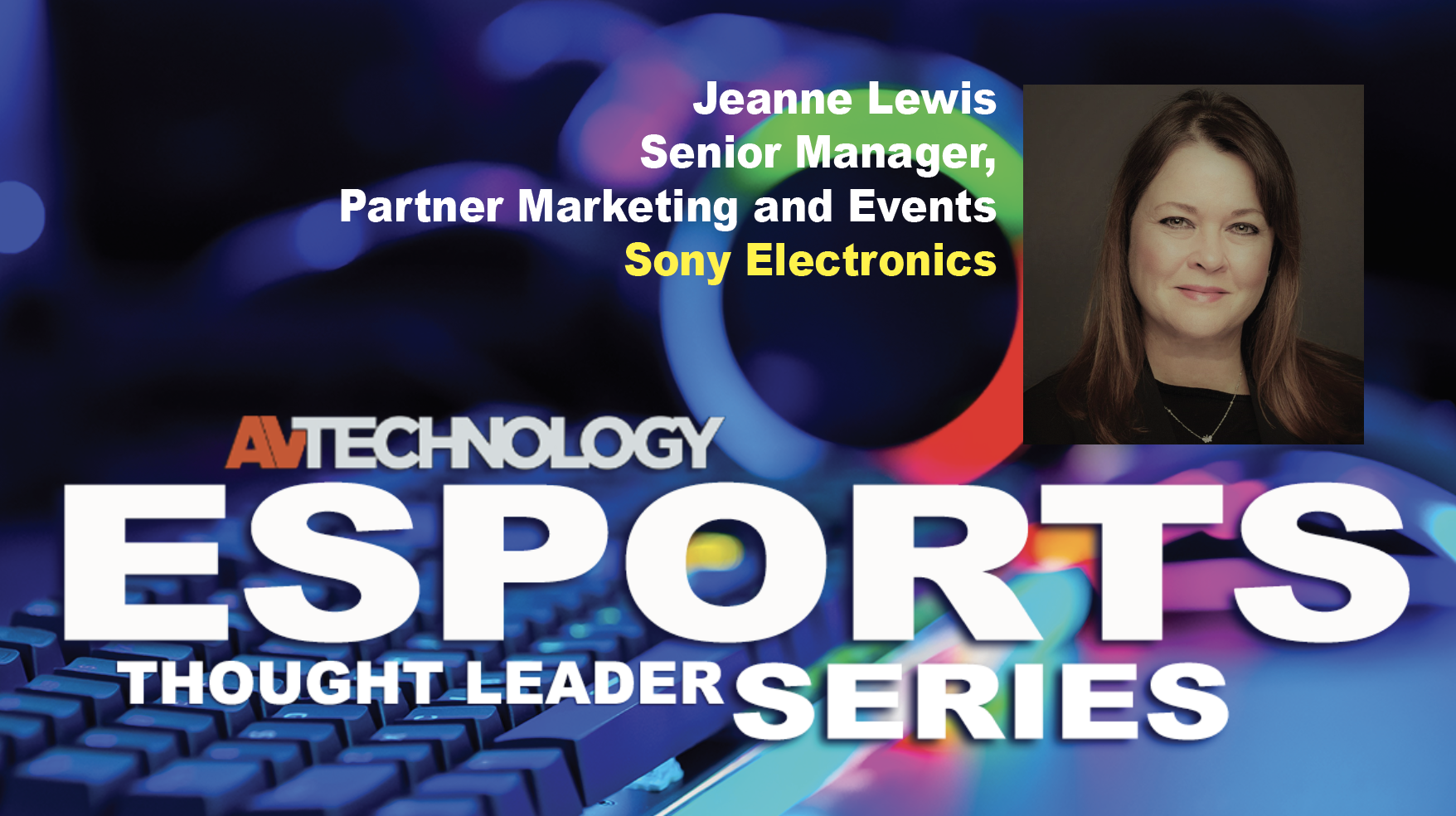
AVT Question: Please share insight into setting up an esports program within higher education at any level, including the technologies that make a difference and the elements that create an immersive experience for athletes and spectators alike.
Thought Leader: Jeanne Lewis, Senior Manager, Partner Marketing and Events at Sony Electronics
Technology is playing a pivotal role in creating more sensory and immersive engagement for esports athletes and fans—from playing to viewing. In order to set up a comprehensive and captivating program for venues, athletes, and spectators, you need to plan for and implement the latest innovations. Visually, POV cameras, like Sony’s SRG-XP1, are enabling unobtrusive access to players and capturing every angle of a tournament to provide equity for participants and viewers alike. In stadia, high production values are an expectation and professional-grade camera equipment that features elements such as the “cinematic look,” full-frame sensor technology and lenses, Super35mm sensors, high frame rate and other techniques often used in broadcast sports, can elevate esports events. Drones such as Sony’s Airpeak can capture crowds and athletes from the air to amplify the excitement and offer new vantage points.
With all of the different pieces of technology required for the most engaging experience, programs should consider a provider who can help them create a connected and efficient ecosystem that is a win for integrators, venues, players, and fans." —Jeanne Lewis, Senior Manager, Partner Marketing and Events at Sony Electronics
Large-format consumer gaming monitors, including Sony’s INZONE, help engross players, while professional displays like Sony’s pro BRAVIAs provide a wide viewing angle to accommodate spectators with detailed visuals and outfit a stadium’s retail spaces, quick service restaurants, wayfinding and digital signage needs. Projectors with high refresh rates can be used to display all of the fast-moving content. From an auditory standpoint, headsets such as Sony’s INZONE, which provide 360 Spatial Sound for gaming, are an essential part of an esports setup. Top-tier audio and microphones and accurate sound positioning can provide a player or spectator with the necessary spatial awareness to make them feel as if they’re a part of the game. With all of the different pieces of technology required for the most engaging experience, programs should consider a provider who can help them create a connected and efficient ecosystem that is a win for integrators, venues, players, and fans.
[On Next-Gen Audio: 15 Thought Leaders]







